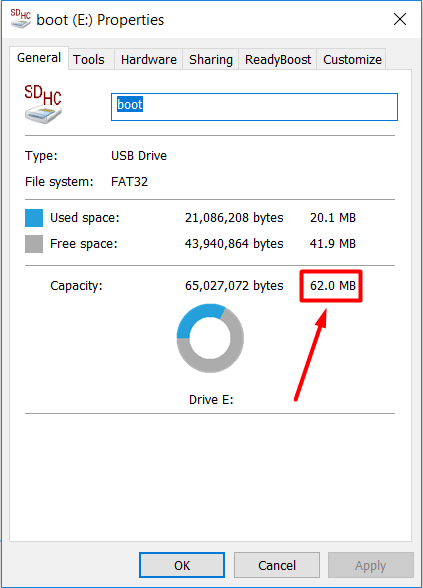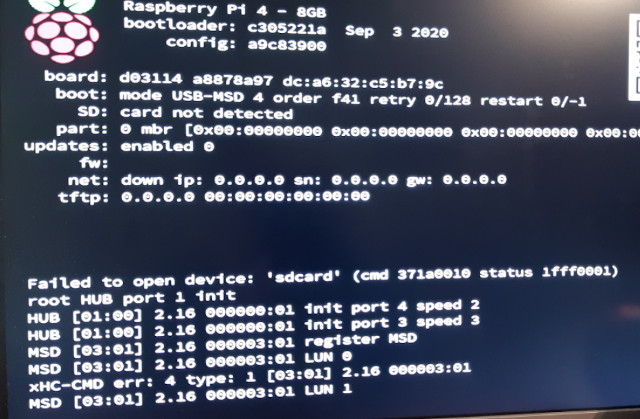
A computer that is already running Windows. This storage can be an SD card or a USB Flash Drive. A minimum of an 8GB* removable storage disk. Let’s use that to our advantage and get Windows running. Fortunately, most netbooks have an SD Card slot, and all of them support USB Pen Drives. No DVD drive means you can’t just burn a copy of Windows and throw it in there. But, if you need to install or reformat Windows, then you run into some problems rather quickly. Normally this is fantastic! It makes your overall device lighter, and less expensive. While this is possible with a Mac laptop, ensuring the drive remains plugged in wherever you’re using may be too stressful.If you’re working with a netbook or a tablet computer, you likely won’t have an included DVD-ROM drive. You can clone your startup volume to the external drive, restart, and find your machine has a new lease on life. OWC offers a 1TB Thunderbolt 3 SSD for just under $300. Rather different.Įven if you can’t swap your internal drive, by the way, for a Mac mini or iMac, you could use an external SSD in a USB 3 or Thunderbolt 3-equipped enclosure. An SSD from Other World Computing that can be installed in place of existing SSDs in the last generations of MacBook Pros with removable drives is $329 for 1TB-and has a rated 3,282 MBps read speed and 2,488 MBps write speed. A high-end 1TB Lexar HD Card that’s labeled 95 megabytes per second (MBps) for reading data and marked Class 10, U3, V30-three measures of performance-for about 30 MBps of writing data is just around $200 street price. SSDs also have a distributed architecture for the flash memory chips that allows far faster speeds than SD Cards. 

Many drives optionally offer “trim,” a feature in which the drive and and operating system pass information on file deletion that helps improve overall write speeds. Leveling wear dramatically extends SSD lifetime. An SSD “levels” this usage so that no single location is written consecutively or excessively. An SSD has a more sophisticated controller system designed to work with the limitations of flash memory, which wears out after a significant number of write operations. SD Cards use the same flash memory chips as SSDs, but the way in which the memory is packaged and managed is quite different.






 0 kommentar(er)
0 kommentar(er)
